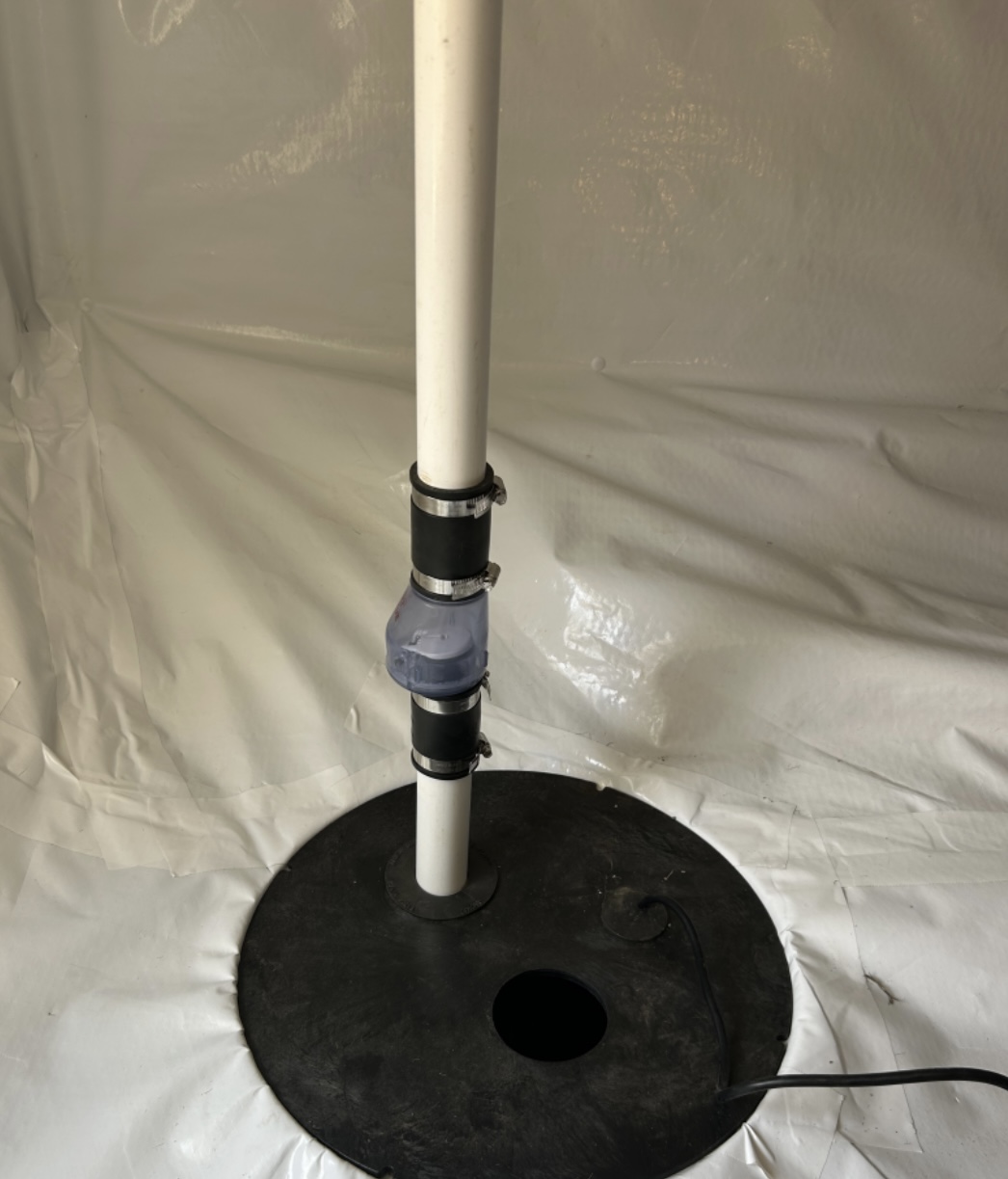
Springfield’s clay-heavy soil and seasonal storms can overwhelm a typical residential drainage layout, leading to foundation cracks, basement flooding, and mold growth. By understanding core drainage components, recognizing common failure points, and adopting both DIY practices and professional interventions, homeowners can preserve structural integrity and curb expensive repairs. This guide covers five key areas:
A residential drainage system consists of interconnected elements that collect, channel, and expel water away from your home to prevent water damage and soil erosion. Proper installation and upkeep of each component ensure effective water management around a foundation.
These components form a holistic network that guides water away from vulnerable areas, setting the stage for detecting typical trouble signs.
A well-designed drainage system is crucial for protecting a home from water damage by effectively collecting and diverting water away from the foundation. This system typically includes gutters, downspouts, French drains, and surface drains, each playing a specific role in managing water flow and preventing soil erosion around the property
Roof gutters and downspouts intercept rainfall, channeling runoff into pipes that run along the foundation. PVC downspouts with extensions prevent pooling at the base, while rigid underground pipes carry water to storm drains or dry wells. Ensuring smooth joints and proper slope (minimum 1/8 inch per foot) promotes uninterrupted flow to designated outlets.
French drains combine a sloped trench, perforated pipe, and gravel to collect subsurface water and convey it to a safe discharge point. Surface drains use grated inlets on flat or low-lying areas to capture visible puddles. Both systems relieve hydrostatic pressure in soil and reduce saturation that can undermine walkways and foundations.
Sump pumps reside in a pit below basement floor level, activating when water triggers a float switch. They eject water through dedicated discharge pipes above grade. Catch basins installed in driveways or low spots capture debris and sediment, preventing blockages in downstream pipes and protecting pump motors from clogging.
Visible indicators of blockage include slow-draining sinks or showers, gurgling sounds in pipes, foul odors emerging from floor drains, and pooling water around foundation vents. Early detection allows homeowners to clear minor obstructions before they escalate into costly backups.
Tree roots naturally seek moisture and infiltrate tiny cracks in sewer lines, gradually expanding to create substantial obstructions. Kitchen grease cools and solidifies inside pipes, trapping food particles and hair. These combined forces can completely block flow and cause sewage to back up into fixtures.
Persistent standing water softens soil, undermines walkways, and accelerates foundation settlement. Basement flooding damages drywall, insulation, and electrical systems, while eroded topsoil around footings exposes foundation walls to further moisture intrusion.
Homeowners can perform regular upkeep to sustain optimal runoff management without specialized equipment. Three core tasks deliver measurable protection against clogs and water damage:
Persistent or complex drainage issues that resist DIY efforts require specialized expertise. Homeowners should engage licensed drainage contractors when they observe any of the following:
Hydro-jetting employs high-pressure water streams (up to 4,000 psi) to blast away grease, scale, and roots, restoring full pipe diameter. Sewer camera inspections deliver real-time footage of line integrity, identifying cracks, collapsed sections, and intrusion points without excavation.
Technicians use mechanical augers or root cutters to clear intrusions, then apply non-invasive liners or spot-repair patches to seal pipe fractures. This combination halts root reentry and prolongs pipe lifespan without a full trench excavation.
Specialists regrade sloped landscapes to achieve a minimum 2% runoff pitch away from foundations and install buried French drains at key low points. These measures permanently shift water away from vulnerable areas, reducing hydrostatic pressure on basements and crawl spaces.
Long-term strategies combine landscape design and passive water management to create sustainable runoff control and reduce maintenance demands.
Implementing long-term solutions like proper yard grading, rain gardens, and permeable pavements can significantly improve water management and reduce the risk of water damage. These strategies help to direct water away from the foundation and promote groundwater recharge, contributing to a more sustainable approach to drainage.
Proper grading establishes a consistent slope that carries rainfall away from the foundation, preventing water pooling at basement walls. A professionally calibrated pitch also discourages soil erosion and safeguards landscaping investments.
Rain gardens use drought-tolerant native plants in shallow basins to capture, filter, and absorb stormwater, reducing runoff volume. Permeable pavements allow rainwater to infiltrate through designed voids, recharging aquifers and minimizing surface flow.
Inspect sump pump float switches and test pump operation every season, replacing worn check valves to prevent backflow. French drains require annual gravel bed flushing and occasional pipe jetting to clear fine sediment, ensuring uninterrupted subsurface drainage.
Homeowners who integrate these maintenance routines and long-term solutions can reliably safeguard their Springfield properties from water damage and soil instability. Consistent care—complemented by professional services when needed—ensures drainage systems remain efficient, protecting home value and occupant comfort.